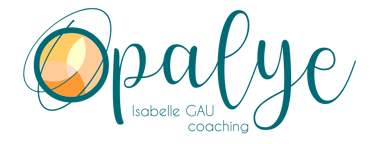UNDERSTANDING COACHING
The objective of any coaching service is to enable the client to work on their issues by mobilizing their full potential. This process will help them grow and be capable of continuing their growth autonomously after the service. This approach caters to individuals and teams.
Following an initial interview in which the client expresses their needs, a personalized proposal is crafted, tailored to their specific issues and addressing the particular requirements they've mentioned. Follow-up sessions may be scheduled during the service to readjust the client's needs if necessary. Finally, a closing session will allow for an assessment and put the client in a position of autonomy to continue their development.
The effectiveness of an intervention relies on a quality coach-client relationship, right from the initial contact. The choice of coach is yours, have confidence in your decision!


COACHING IN 4 STEPS
1
INITIAL MEETING
This first meeting is free of charge. It allows the client to discover the person behind the coach and to build mutual trust. The client will express their issue, explain the context, and associated constraints. The coach can address the client's need for clarification about the coaching approach and tools related to their issue.
2
CONTRACTUALIZATION
The coach defines an approach to address the client's issue in the form of a contract proposal. This document outlines the intervention process, the schedule, associated deliverables, the commitments of both the coach and the client, as well as the fees. The coach commits to following a code of ethics that guarantees confidentiality, for example, and the possibility to interrupt the service. This proposal will be adjusted to best meet the client's needs. Are you satisfied ? The contract is signed by both parties, and the service can commence.
3
EXECUTE THE CONTRAT
The process is then carried out in accordance with the contract. Maintaining good communication during the service is essential, and predetermined checkpoints can be established. These exchanges may lead to adjusting the intervention methods to accommodate the client's feedback or to adapt to their emerging constraints or needs.


4
CLOSING APPOINTMENT
This appointment serves to assess the service and share what has been achieved, including challenges and successes. Every service is a path of growth for the client and aims to make them autonomous to continue evolving. Identifying opportunities to go further during this meeting is important. It's up to the client to decide if they want to engage a coach to support the next steps.


